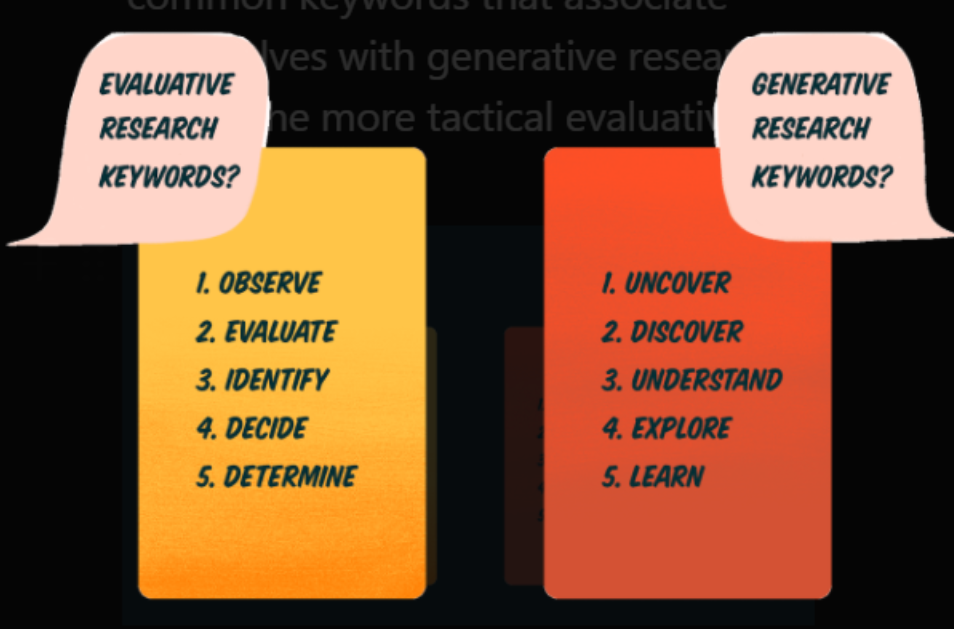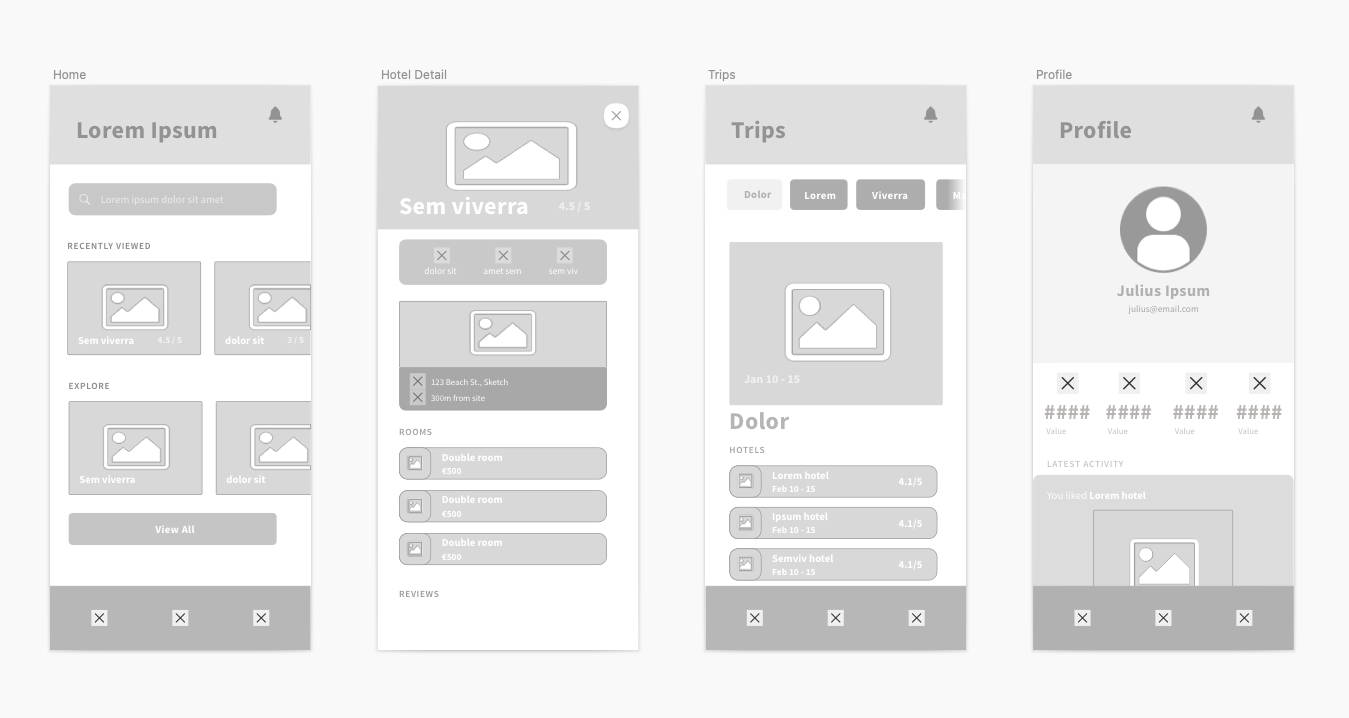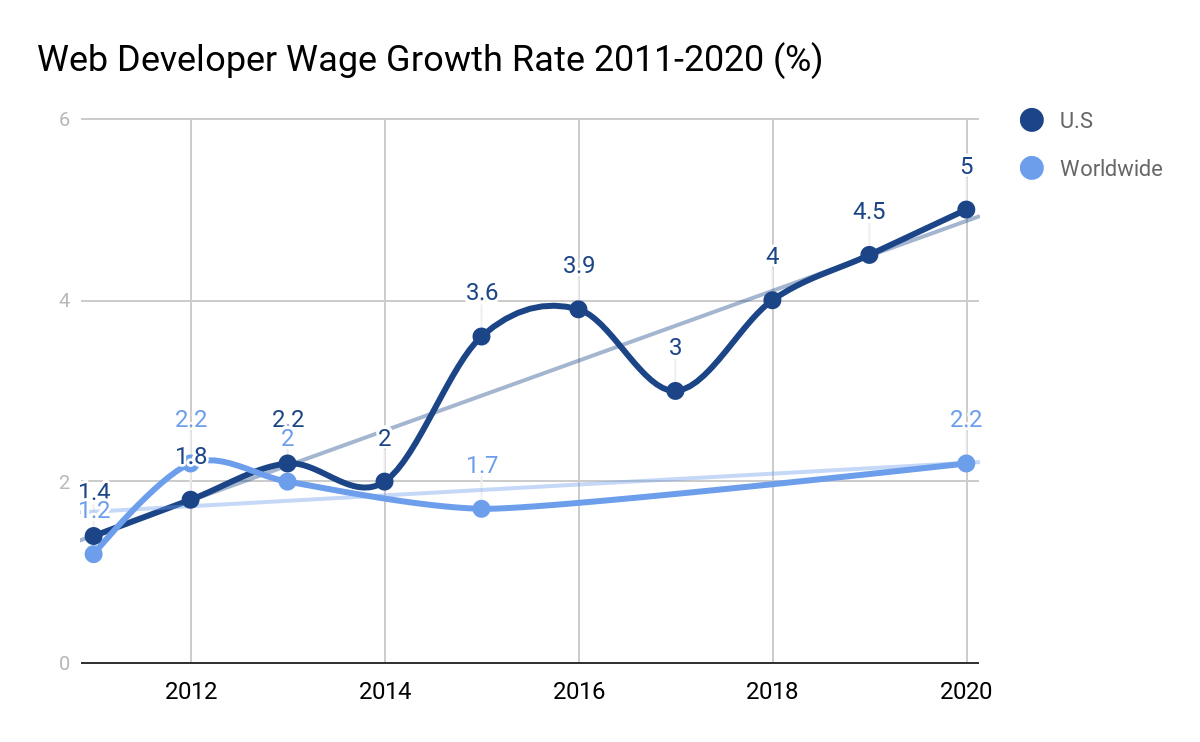
A user-friendly UI is essential if you want your website to make a positive impression on your audience. This is critical to user-centered web design and for building positive relationships with your users. These guidelines can be used to create a great UI. They are both reliable and flexible enough to adapt to current trends.
Timeless UI design
It is not easy to design a website that is modern and timeless. Many website designs are based on passing trends. This approach can only work if the design is built around functionality. The users can see if a site is built on trends, and may decide not to take it seriously. Furthermore, trends move fast on the internet, so what looks hip and trendy today may be outdated tomorrow.
Good UI design should always be consistent and intuitive. Each page and content should have a specific purpose. It should also be mobile-friendly. This is crucial because more than 60% of internet use is on mobile devices. It is also important to remember humans are visual animals. Good UI design needs visuals.

Resilient to changing fashions
Good UI websites are constantly changing as user experience (UX), design trends change. Full-screen visuals for example are very much in fashion. They are quick to grab users' attention and can display multiple information. These trends are expected continue into 2022.
Good UI design is adaptable to changing trends and meets user expectations. This leads to higher conversions and delight. A tool like Hotjar can help you stay on top of new trends and tailor your site accordingly. Hotjar can inform you if there are too many visual elements on your site, which could cause problems with site navigation. Minimalistic designs are another trend that works well with aurora shades and dark mode. Scrollytelling is also a great option.
User-friendly
A good user-friendly website can be a boon for search engine optimization (SEO). A user-friendly website makes it easy for visitors to find the information they need on any device. It also increases the time spent on the site. Additionally, a user-friendly website increases conversions. SEO's most important component is usability. In fact, search engines are now stressing the importance of user-friendliness in their algorithms. Google's Page Experience update stresses the importance of user-friendliness for website SEO.
A well-designed website is user-friendly, intuitive, and visually appealing. The design and navigation of your website is crucial for increasing traffic to your website and increasing sales. Additionally, mobile users are accessing more websites from their smartphones. Mobile-optimized websites are essential.

Consistent
Websites with consistent UI designs are simpler to use and make it easier for users to navigate. A consistent user interface across platforms is the best way to achieve this. Unexpected changes in behavior can be frustrating for users and cause them to lose confidence in their interface. Consistent UI websites are consistent across all platforms.
Also, consistency improves task completion rates and user satisfaction. A website that is easy to navigate can lead users to complete tasks quickly and efficiently. It should not contain clutter or other elements that might confuse users. It is also important to have a consistent UI so that users can easily learn how to use all the elements of the site. It is important to use the same fonts and navigation patterns across all pages.
FAQ
How much does it cost for a website to be built?
The answer to that question depends on the purpose of your website. Google Sites might be free if your website is limited to information about you or your company.
However, if visitors are serious about coming to your site, they will be willing to pay more.
The best option is to use a Content Management System, such as WordPress. These programs make it easy to create websites without any programming knowledge. This is because the sites are hosted and maintained by third-party companies. You don't have any risk of being hacked.
Squarespace is another way to create a website. Squarespace offers a variety plans that range from $5 per person to $100 per person, depending on what information you want to include.
Can I make my website using HTML and CSS?
Yes! If you've been following along so far, you should now understand how to start creating a website.
Now that you are familiar with how to create a website's structure, you will also need to be familiar with HTML and CSS programming.
HTML stands for HyperText Markup Language. This is like writing a recipe. It would list the ingredients, directions, and how to do it. HTML also tells a computer what parts of text should be bolded, underlined or italicized. It's the language of documents.
CSS stands for Cascading Stylesheets. This is a stylesheet for recipes. Instead of listing each ingredient and instructing, you can write down general guidelines for font sizes, colors and spacing.
HTML tells the browser how to format a web page; CSS tells it how to do it.
If you don't understand either of those terms, don't fret. Follow the tutorials below, and you'll soon be making beautiful websites.
What is responsive web design?
Responsive Web Design (RWD), is an approach to designing responsive websites. Content will display correctly on all devices, such as smartphones, tablets, laptops, tablets, and desktop computers. This allows users the ability to view a website simultaneously on different devices and still have access to other features like navigation menus, buttons, and so forth. RWD aims to ensure that every user who views a site is able to view it on any screen size.
Consider, for instance, that you're building a website for an eCommerce company and your products are sold primarily online. It is important to ensure that your website can be accessed on any device, including a smartphone.
A responsive website will adjust its layout automatically based on what device is used to view it. It will appear the same as a regular desktop website if you view it on your laptop. But, the page will appear differently if you view it on your phone.
This allows you to create one website that works on all devices.
Statistics
- When choosing your website color scheme, a general rule is to limit yourself to three shades: one primary color (60% of the mix), one secondary color (30%), and one accent color (10%). (wix.com)
- It enables you to sell your music directly on your website and keep 100% of the profits. (wix.com)
- It's estimated that in 2022, over 2.14 billion people will purchase goods and services online. (wix.com)
- Studies show that 77% of satisfied customers will recommend your business or service to a friend after having a positive experience. (wix.com)
- Is your web design optimized for mobile? Over 50% of internet users browse websites using a mobile device. (wix.com)
External Links
How To
What is Website Hosting?
Website hosting is the place where visitors go to visit a website. There are two types of website hosting:
-
Shared hosting – This is the most affordable option. Your website files reside in a server managed by another company. Customers visit your website and send their requests over the Internet to this server. The owner of the server then hands off the request to you.
-
Dedicated hosting is the most expensive option. Your website is hosted entirely on one server. Your traffic is private because no other websites have shared space on this server.
Because shared hosting is more affordable than dedicated hosting, most businesses opt for it. You can use shared hosting if the company owns the server to provide the resources required for your website.
Both options have their pros and cons. These are some of the major differences between them.
Shared Hosting Pros
-
Lower Cost
-
It's easy to set up
-
Frequent updates
-
It can be found at many web hosting providers
Shared hosting can often cost as little as $10/month. But keep in mind that this price usually includes bandwidth. Bandwidth is how much data you can transfer to the Internet. Even if you are only uploading photos to your blog site, high data transfer rates can still cost you extra.
You'll soon discover why you paid so much more for your previous host when you get started. Most shared hosts don't offer any customer support. While they may occasionally assist you in setting up your site and other tasks, after that you are all on your own.
Providers that offer 24-hour customer support are worth looking into. They will assist you with any problems that may arise while you're sleeping.
Hosting dedicated:
-
More Expensive
-
Fewer Common
-
You will need to have special skills
With dedicated hosting you will have everything you need to manage your website. You won't worry about how much bandwidth you are using or how much RAM (random Access Memory) you have.
This means that you will have to pay a little more upfront. You'll soon realize that your business is self-sufficient once it's online. You'll quickly become an expert at managing your server.
Which Is Better For My Business:
It all depends on the type of website you are creating. Shared hosting is best for those who only need to sell products. It is simple to set up and easy to maintain. You'll probably receive frequent updates because you are sharing a server hosting many other sites.
If you are looking to create a community around your brand, dedicated hosting is the best option. It allows you to focus on building your brand and not worrying about managing your traffic.
If you're looking for a web host that offers both options, we recommend Bluehost.com. They offer unlimited monthly data transfers, 24/7 support, free domain name registration, and a 30-day money-back guarantee.